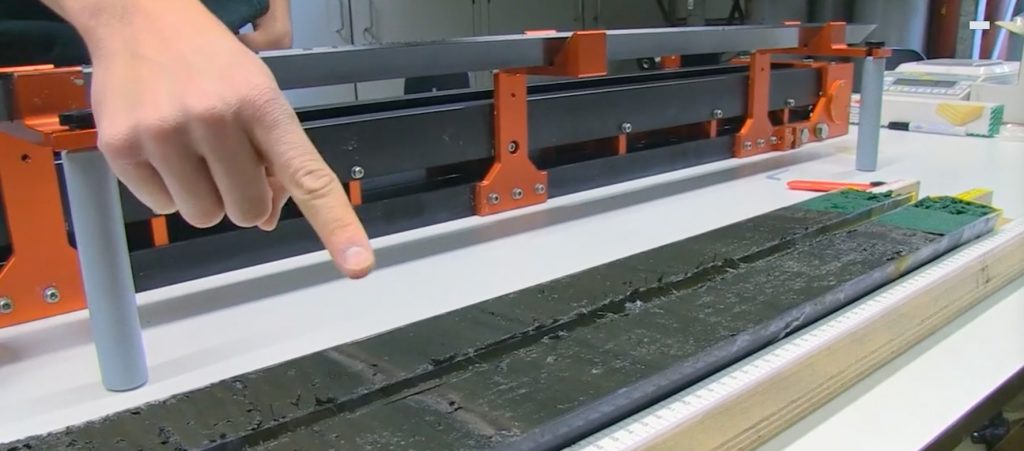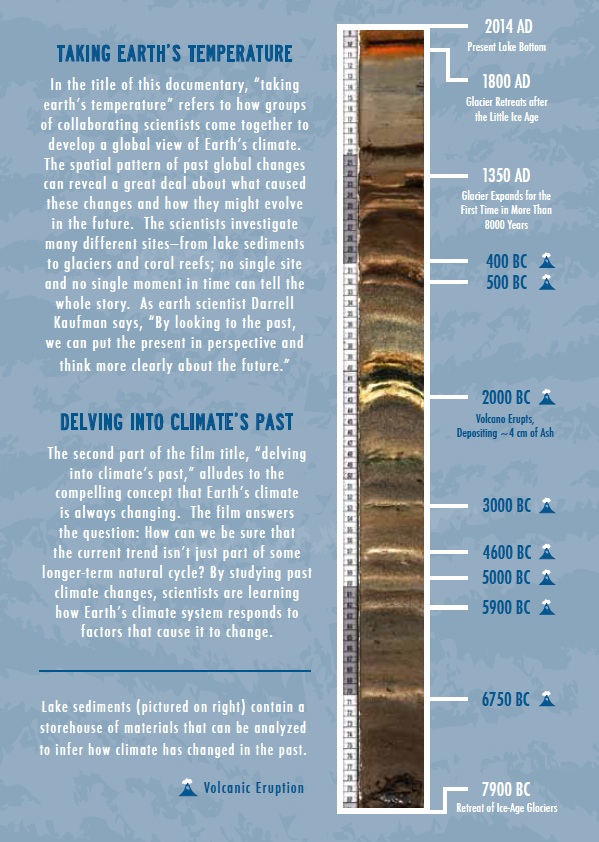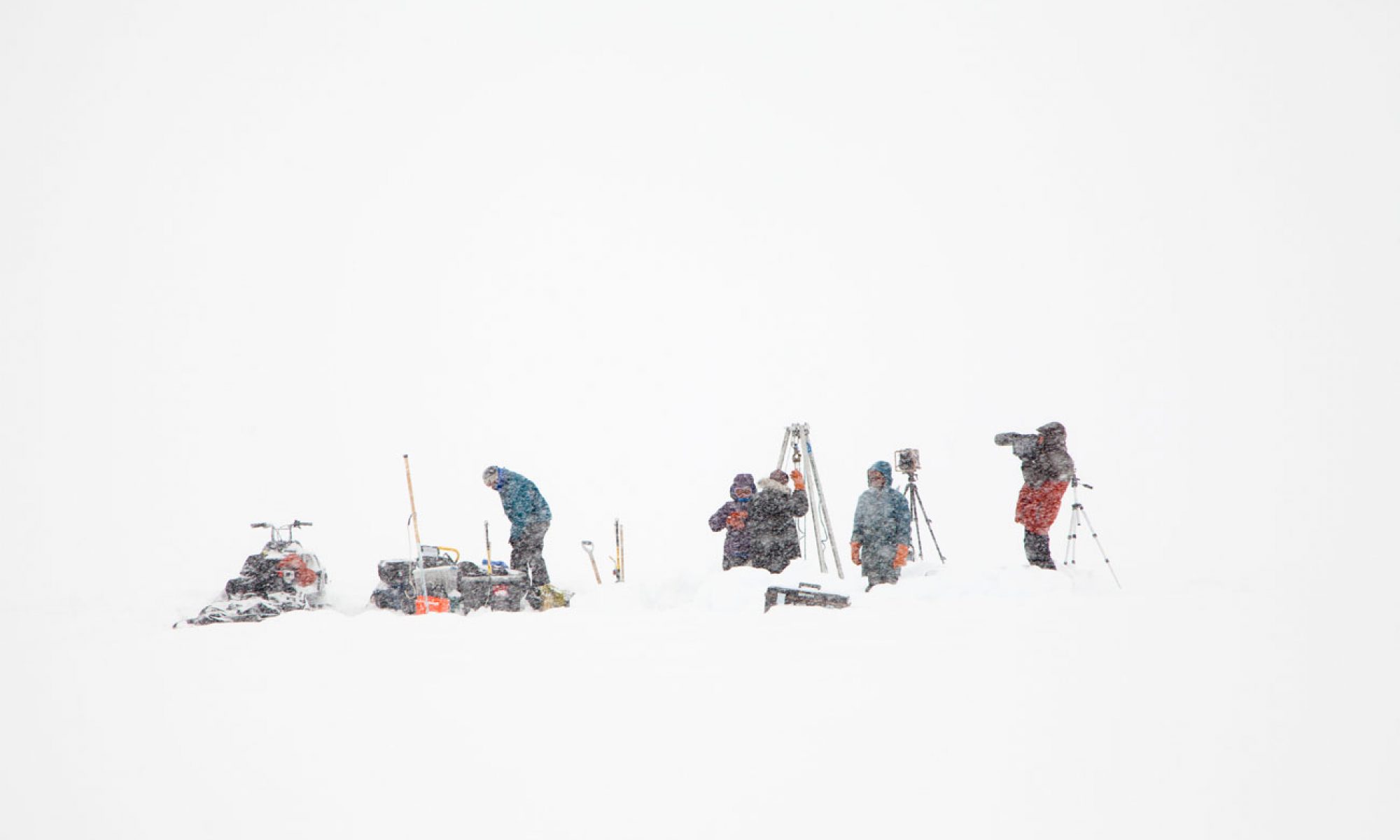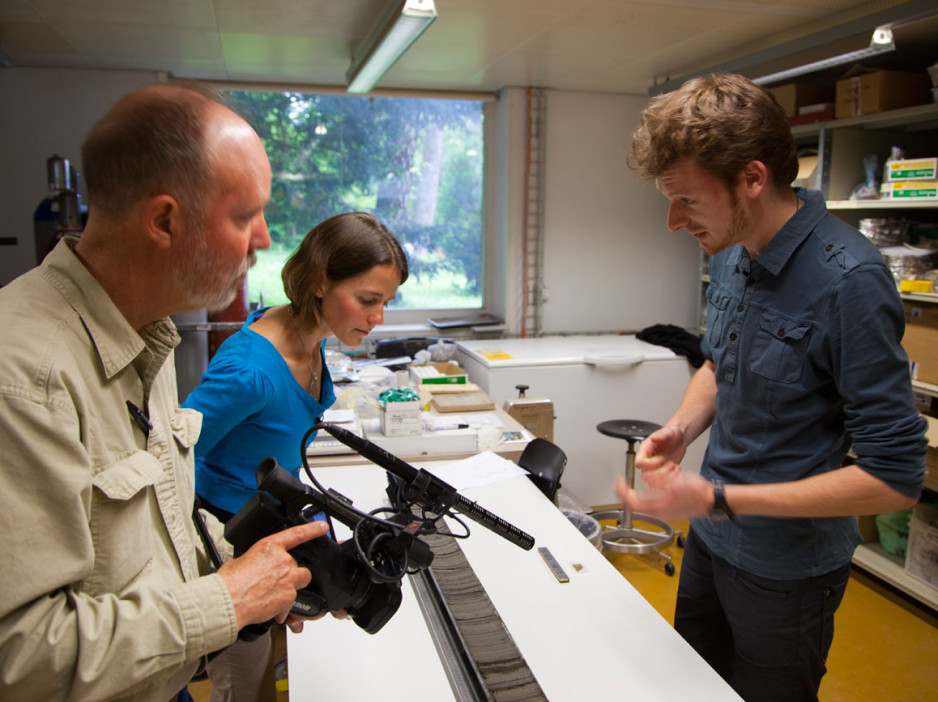Resources for Educators
The education resources are appropriate for high school and early college level students. Their relation to commonly used science education standards is specified.
- “Key Concepts” is a synopsis of the primary take-home points from the movie, and provides additional information about the topic.
- “Viewer’s Guide” includes 20 questions to help students understand the main points as they watch the film, or following the film as part of a class discussion.
- “Proxy Records” is a collaborative group activity focusing on proxy climate records and taking advantage of existing high-quality information on the web.
Key Concepts
Summary: This list of frequently asked questions (e.g. Why study climates of the past?, Why is it important to study climate change in the Arctic?) can provide background information to the instructor to help them field questions from their students.
Available as a downloadable WORD document here.
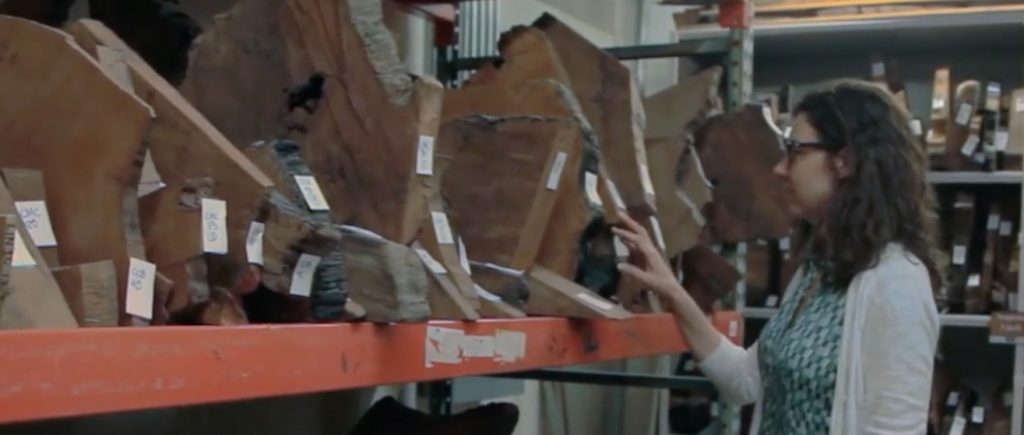
Viewer’s Guide
Summary: This list of questions, in order of the video, can be used to direct viewers attention through the movie. It follows the main topics as they are presented in the documentary. Teacher’s can discuss the questions and possible answers with their students as they go through the movie, or they can be used as a springboard for class discussions. You can also use as a worksheet for students to reflect on while watching the documentary. Suggested answers are included.
- Grade level: High school and early college
- Topics: Past climate changes; proxy records; climate forcing
- Time: The movie lasts 55 minutes but it can be stopped for discussion
- Climate Literacy Benchmark: Principle 4d, “Scientific observations indicate that global climate has changed in the past, is changing now, and will change in the future. The magnitude and direction of this change is not the same at all locations on Earth.”
Available as a downloadable Word document here.
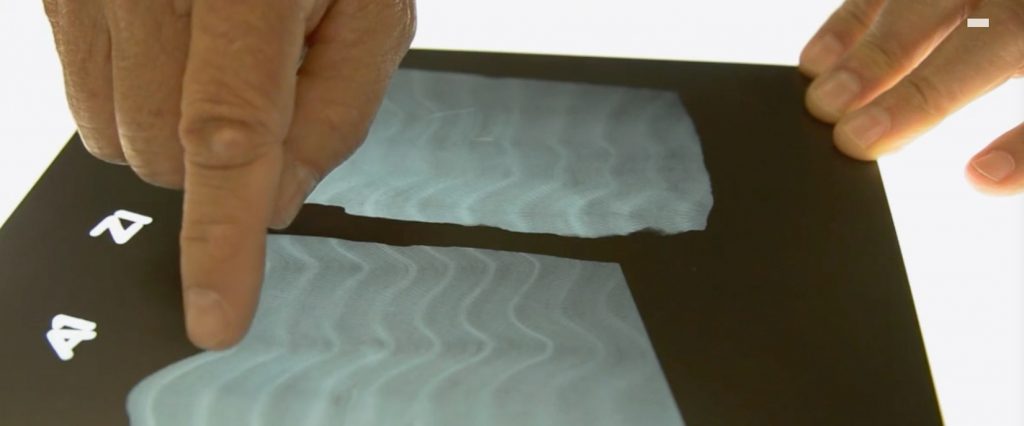
Proxy Climate Records
Summary: In this lesson, students work in small groups to research different types of proxy climate records. After, they present their findings to the class. Links to online reference material are provided in the lesson. Students complete a table that lists information about their specific proxy type and share their summary with the class. All students complete the full table using information from the presentations by other groups so they can compare and discuss the different proxy types.
Background information: Paleoclimatologists use many techniques to study past climate. They collect and analyze proxy climate indicators that can extend back thousands of years. Proxy records can indicate temperature or precipitation conditions from long ago. Instrumental records of climate based on actual temperature and precipitation measurements only began in the 1880’s. Therefore, proxy climate indicators are critical to determine past climatic conditions. This documentary presents the basic principles used to reconstruct climate based on the proxy records in lake sediment, trees, glacier ice, stalagmites, corals, pollen, biological molecules, and historical documents.
- Grade level: High school and early college
- Topics: Past climate changes; proxy records
- Time: Approximately 3-4 class periods
- Student learning objectives: Understand some methods paleoclimatologists use to determine past climate conditions.
- Materials needed: Each group needs access to a computer or tablet for internet resources.
Available as a downloadable Word Document here.
